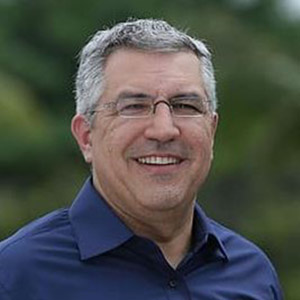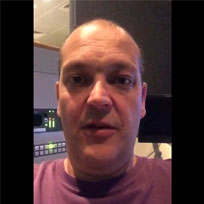Forex Trading 101: forex trading for beginners
Are you wondering how to start forex trading? Trade & Train is proud to offer you our intuitive and user-focused Essential Trader forex trading for beginners course to help you gain the confidence you need to enter the forex market. If you’re curious if this is the right financial direction for you, here’s some common questions about forest trading training people often ask us.
What is forex trading?
Forex is the shortened form of ‘Foreign Exchange Trading’- in other words, market trades that hinge purely on currency transactions. You won’t be buying bonds or stocks, and you won’t be dealing with assets like oil.
You might not realise how much daily trade hinges on the ability to turn one currency into another. The most current stats we have for daily trading volumes suggest it tops $6 trillion! It’s one of the largest and most liquid trading markets in the world, and one of the few that can genuinely be said to operate 24/7. It also offers incomparable options for leverage.
Why, however? We live in a global marketplace, more so than any generation before. People are trading a wide variety of commodities across international borders literally every day. Yet each company involved in the trade operates in its home currency, or a currency of choice like the dollar. People and companies need easy access to a wide range of currencies, and they need to be able to meaningfully ‘transfer’ their ‘home’ currency into that needed to transact with their business partners.
Enter the forex market- and your journey to financial freedom
What is the forex market?
Foreign exchange is traded on the forex market, in currency pairs. For example, trading the euro against the US dollar trades as EUR/USD.
The modern forex market has a wide range of trading options, from ‘spot’ markets, through derivatives, futures, options, currency swaps, and offering forwards. These all have their own nuances, and are best explored through forex trading training, but each approaches the exchange of currencies slightly differently.
Where does the profit come into it? Forex traders use forex to hedge against market changes- think speculation around global events, or hedging on interest rate/currency exchange changes. After all, no currency exchange rate is fixed forever- it rises and falls through the day based on other stock markets and economic/geopolitical events. By exploiting your buy and sell positions accordingly, you can make money on the back of your trades.
Is forex trading for me?
Forex trading can be complex, which is why it’s a good idea to start with forex trading training before you dip your toes in the market waters. Forex instruments are not standardised, and regulation is country-specific. In some parts of the world it is barely regulated. It’s also heavily driven by supply and demand. Yet the sheer volume of trades, as well as the central positioning of global banks in the industry, makes it relatively safe from rogue traders adversely influencing pricing, creating some transparency in the overall market.
Most ‘ordinary people’ trade through forex brokers/dealers, who may or may not be regulated, so it is important to choose your platform and partner incredibly carefully. In the U.K, we do have one of the highest governmental oversights worldwide. Always ask about account protections if the dealer becomes insolvent or there is a market crisis, however, and make sure you choose a reputable partner.
How to start forex trading
Once you have some forex trading training under your belt, and you’ve selected a reputable platform, what then?
You will need to finish setting up your brokerage account with your platform. We always suggest beginners enter the market with low capital and small volumes until they gain experience. Micro forex trading allows you to go as low as 1000 units of a currency, vs the 100 000 units of many standard accounts. This will help you learn more about the markets, grow into your trade style, and get comfortable.
Developing your trading strategy will be your key to success. Few people manage to ‘time’ market movement successfully, so a trading strategy gives you the roadmap to guide your trades. You will have to evaluate your risk profile, the amount of capital you can risk, and how cautious you want to be. This is a high-leverage environment. Big risks can be rewarded, but big mistakes will be punished, and you need to plan accordingly.
This isn’t a ‘set it and forget it’ strategy as with some stock market investment. Once you actively start trading, you will need to check and set your account at least once a day, usually at market close. You will be checking your pending positions, and making sure the cash on hand allows for future trades.
Understand that it is a learning process that will be scary at first. You may kick yourself for a risk that turned out poorly, or wish you held out longer to get more profit. Obsessing over your portfolio is never good, and there’s a reason two of the most important qualities for forex traders are persistence and discipline. Emotional equilibrium is one of the most important things to bring to your portfolio and strategies.
For traders with limited funds, forex can be the perfect entrance into the overall financial markets. Once you begin to get to grips with the wider macroeconomic fundamentals that power currency values, as well as hone your technical analysis skills you will see a profitable upturn in your trades.
Keen to know more about how to start forex training? When not, try the Trade & Train Essential Trader forex trading for beginners training course, and see if this key trading strategy is a good fit for you?





